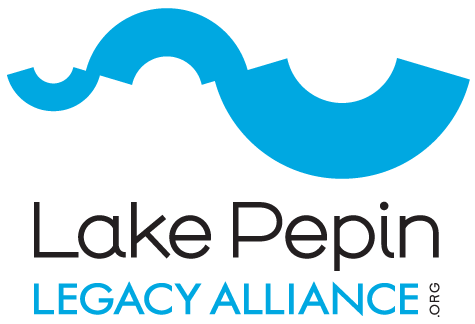Just outside the Twin Cities, in a corner of Cottage Grove, a small creek winds its way through an industrial corridor. Most Minnesotans have never heard of it. It has no name on the map. But for anyone who cares about the health of the Mississippi River—and Lake Pepin in particular—it matters more than you might expect.
That creek is the discharge point for treated wastewater from the 3M Cottage Grove facility, a sprawling industrial site that has produced chemicals, adhesives, films, and more for decades. Under the latest water pollution permit issued by the Minnesota Pollution Control Agency (MPCA), the facility is facing new requirements that reflect growing concern over what ends up in the water flowing downstream.
Until recently, regulators treated the creek as little more than a pipe—assuming that anything discharged there mixed immediately and harmlessly with the Mississippi River. But the new permit takes a different approach: it classifies the creek as a real surface water body, with its own water quality standards. That’s more than a technical shift. It means 3M’s discharge must now meet stricter pollutant limits to protect not just the Mississippi River, but the unnamed creek itself and all waters downstream, including Pool 2 and Lake Pepin
In past permits, the creek was recognized as a surface water—but the focus was often on its proximity to the Mississippi River, with the assumption that discharges diluted quickly. The new permit strengthens protections for the creek itself. It applies clear water quality standards, sets effluent limits with the creek’s conditions in mind, and requires more rigorous monitoring. That’s more than a technical shift. It means 3M’s discharge must now meet stricter pollutant limits to protect not just the Mississippi River, but the unnamed creek and all waters downstream.
Among the most important changes are new limits and monitoring requirements for PFAS (per- and polyfluoroalkyl substances)—a class of persistent, toxic chemicals widely used in manufacturing, including at 3M. These "forever chemicals" have been found in groundwater, surface water, and even fish tissue in the region. The permit requires 3M to monitor and reduce PFAS discharges, and to implement advanced water treatment systems, including granular activated carbon (GAC), reverse osmosis (RO), and anion exchange (AIX) systems to capture and remove these contaminants before they reach the river
Importantly, the facility must now comply with a new phosphorus discharge cap of 6,253 kilograms per year—a limit derived directly from the Lake Pepin and Mississippi River Eutrophication Total Maximum Daily Load (TMDL) plan. This cap aims to reduce nutrient pollution that fuels algal blooms and degrades aquatic habitat in our lake
Even suspended solids—the tiny soil particles that cloud water and contribute to sediment buildup—are addressed in the new permit. As 3M increases how much water it discharges, the total amount of solids it’s allowed to release also increases. But here's the key: the concentration of solids in the water must still stay below 30 milligrams per liter, which is under the state’s water quality standard.
This story is technical, but the implications are clear: the way we manage upstream facilities has a direct impact on water quality in Lake Pepin. Strong permits like this one don’t just reduce pollution in Cottage Grove. They ripple outward—to Hastings, Red Wing, Bay City, Stockholm, and to everyone who depends on a cleaner river and lake.
At LPLA, we’ll keep tracking the decisions made in boardrooms, treatment buildings, and government agencies far upstream. Because what happens to that small, unnamed creek in Cottage Grove doesn’t stay there—it flows to Lake Pepin.
